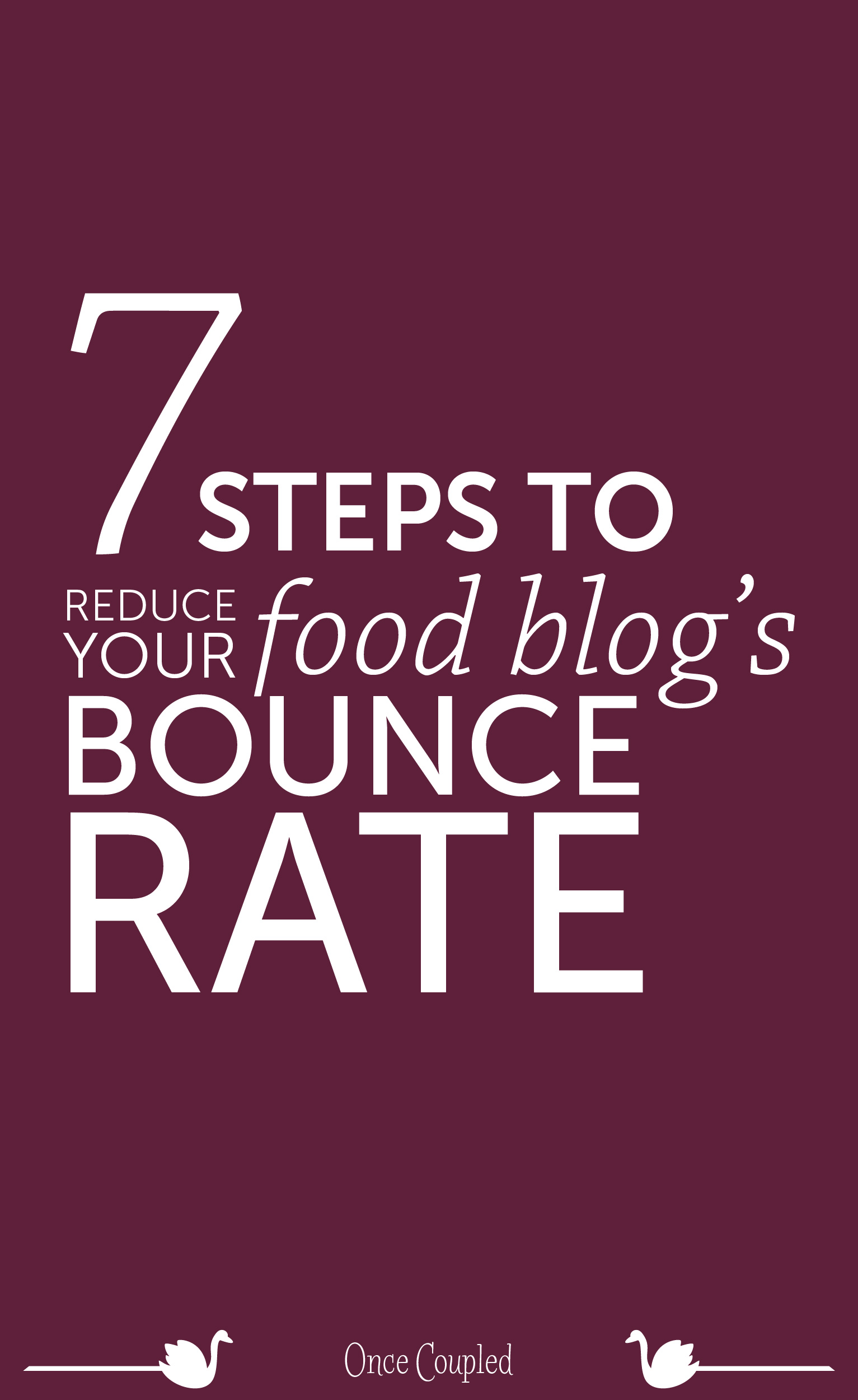Dan Akroyd and John Belushi covered the old doo-wop song “Rubber Biscuit” in their famous film The Blues Brothers, and people ate it up. Most of the lyrics are completely unintelligible, but it doesn’t take a kitchen guru to know that a rubber biscuit is utterly undesirable and probably inedible. It’s only good for one thing: bouncing.
Like a rubber biscuit, a website with a high bounce rate is an indication that something has gone wrong with the ingredients.
What’s a bounce rate?
To answer that question, let me ask another. How many bites would you take from a rubber biscuit?
If you’re a normal person with no weird eating habits, one bite will suffice to let you know that you’re not a fan of the recipe.
Likewise, website visitors only need to see one page of your website to make a snap judgement about its value. Your bounce rate, then, is the percentage of visitors who leave your website after visiting only one page.
How do I know if my food blog has a high bounce rate?
To get a sense of your bounce rate, you can use Google Analytics and look at Behavior > Site Content > All Pages. Here, you’ll find a table with lots of useful information, including bounce rates for each page.
Uh oh. My blog is bouncing. How can I fix it?
Don’t worry. Often, fixing a blog’s bounce rate is pretty simple. Unlike a rubber biscuit, a blog is a work in progress, and you can make small and even large adjustments as you learn more about your visitors and their expectations. Here are seven solutions for reducing your food blog’s bounce rate today.
Develop an engaging content strategy
Look back through your blog analytics and find out which of your posts are receiving the most views and comments, which are shared the most. Then, develop a blogging strategy that incorporates posts similar to these successes. If that one blog post that included a short video is getting lots of hits, consider adding videos to future posts. If posts with lots of pictures and less narrative are more successful, make future posts less verbose and more visual.
Spice up your writing style
Your blog is an expression of who you are at your very best. It’s you after a glass of wine or a day at the beach has loosened you up and increased your sassiness by approximately three heaping tablespoons. Don’t be afraid to have fun with your writing and speak to your reader in the same friendly, fun-loving way that you speak with your best friend at a cookout.
Split up longer posts
Longer posts are a commitment that many internet users just aren’t willing to make. Look at the bright side, that means less work for you. Cut that epic anthem to turkey basting into several stanzas, and you’ve got a week’s worth of posts in less time.
Make it mobile friendly
Knowing that your users are probably reading on a smartphone, be smart about your blog’s design. Be sure that you’ve created a site that is mobile friendly. Trying to navigate a desktop site on a tiny smartphone screen is frustrating, and frustrated users bounce.
Increase the speed
As of 2000, the average human attention span was 8 seconds. One second less than your little one’s pet goldfish. If your website takes more than 8 seconds to load, your visitors have already forgotten why they came to your site in the first place.
Tell readers what to do
There’s a reason most of us follow recipes rather than inventing them. We’re comforted when we’ve got a little guidance. On your food blog, that may mean making suggestions to other posts they may enjoy or offering perks for subscribing.
Open external links in new tabs
Having external links open in the same window is effectively showing readers the door. It’s fine to provide them with additional resources, but you want your window to remain open for future perusing.
How do you keep readers glued to your food blog?


In 2024 we launched new plugin solutions & a templated theme. These tools offer custom development, easier editing & tech optimizations accessible to bloggers of all sizes.


Leave a Reply